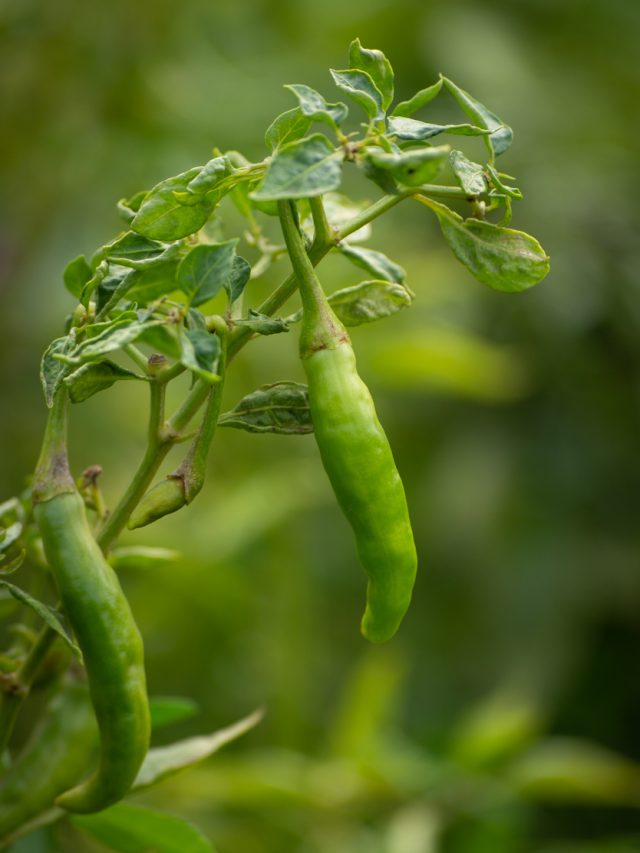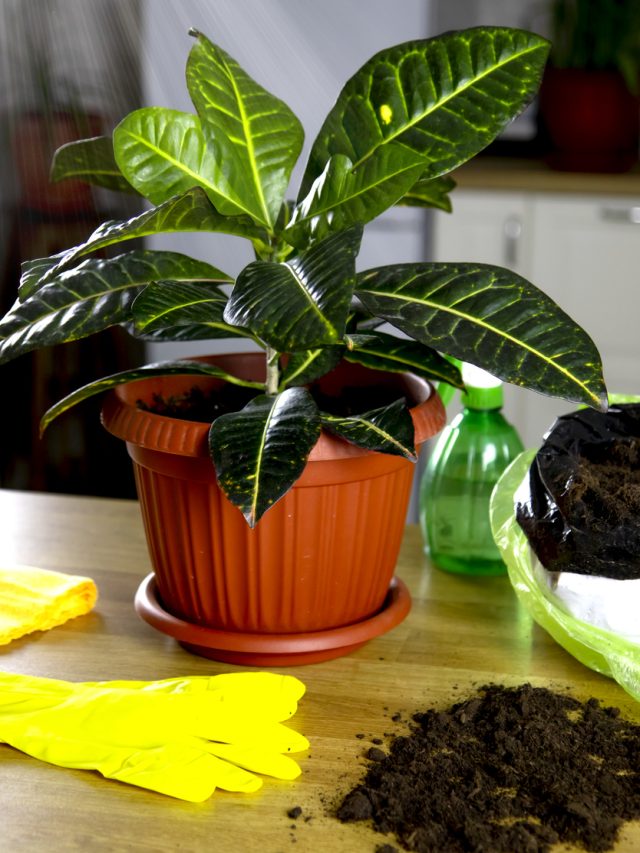Soybean also known as Golden Bean or Miracle Crop due to their high protein and oil content. Soybean is a type of legume that originated in China. It was brought to India many years ago across the Himalayan Mountains. Soybean planting has been grown in a variety of agro climatic conditions and is mostly grown in Indian states such as Madhya Pradesh, Maharashtra, Andhra Pradesh, Karnataka, Uttar Pradesh, and Rajasthan. The complete soybean POP has been discussed in this article.
It is the most important factor to follow the soybean package of practices to grow a healthy soybean crop. Soybean cultivation is done primarily for its seeds and is India’s second largest oil seed after groundnut. Soybean crops have a great nutritional value and contain 40% to 50% high quality protein and 20% to 22% oil. Soybeans also provide 5% of the essential amino acids, carbs, vitamins (thiamine and riboflavin), and minerals.
Soybean crop at a glance
- Biological name: Glycin max
- Popularly known as: Golden Beans or Miracle Crops
- Crop season: Rabi and Kharif
- Crop type: oilseed crop
- Production (2021): 128.92 lakh tonnes
- Estimated production: 129.95 lakh tonnes
- Quantity exported in 2021:3.78 t
Varieties
Commonly grown soybean varieties are VL Soya 21, Ahilya 2 (NRC 12), MACS 124, JS 75-46, Ahilya 1 (NRC 2), Ahilya 3 (NRC 7). Other Indian varieties include Ankur, Alankar, Gorav, T-49, and Punjab-1.
Soil requirement
For soybean planting, it requires well-drained, fertile loamy soils with a pH range of 6.0 to 7.5 are ideal for soybean cultivation. Soybean seed germination is inhibited by saline and sodic soils. Water logging harms crops, therefore effective soil drainage in soybean farms is essential throughout the rainy season.
Climatic Requirements
When to grow soybean crop
Soybean crops require temperatures ranging from 150– 320 C for germination, although 250-300 C is ideal for growth. The soybean cultivation requires 60-65 cm of annual rainfall. Drought during flowering or just before flowering leads to flower and pod drops, whereas showers during maturity reduce grain quality.
Land & Sowing Preparations for Soybean Seeds
Land Preparations
How to grow soybean crop
Cultivation of soybean crops starts with deep summer plough, followed by leveling of the field. Make ridges and furrows with proper spacing as mentioned above. Sow the seeds with seed-drill with proper spacing. Apply basal fertilizers and give a light irrigation.
Seed Rate & Spacing
The optimum seed rate of 55-65 kg/ha with a spacing of 30-45 cm, which can be reduced with the use of broad-bed-furrow/ridge-furrow.
Time of Sowing
Optimum time of sowing is from mid of June to the end of June subject to availability of soil moisture/rainfall.
Method of Sowing
Treat the seeds with Carbendezim or Thiram @ 2g/kg of seed 24hrs before sowing to reduce the seed borne fungal infection. Line sowing by seed drill followed as it needs less seeds/ha, weeding and hoeing may be done conveniently.
Irrigation Schedule
Irrigation is not required for Kharif crops. However, throughout the summer, the soybean planting has been done with guaranteed irrigation, it requires 5-6 irrigations. To save water, the soybean crop should be irrigated at the following critical growth stages for soybean planting are as follows.
- The germination stage
- The flowering pod initiation and bean filling stages are critical for yield.
Usage of Manures & Fertilizers for soybean cultivation
FYM: – 10-15t / ha,
N: -20-30 kg / ha,
P: -60-80 kg / ha
K:- 40-60 kg/ha.
Inter Cultivation Practice
Weeding
The crop should be kept weed free up to 60 days after sowing (DAS). One or two hoeing with two hand weeding (20DAS and 40DAS) are sufficient for higher yield. Among weed control, pre emergence application of pendimethalin @ 0.75a.i/ha and one hand weeding at 40 DAS registered higher seed yield
Crop Protection
Pests
Bihar hairy caterpillar: Spilosoma obliqua
Symptoms
Young larvae feed voraciously on chlorophyll, primarily on the lower part of the soybean plants, causing the leaves to appear brownish-yellow in color. The larvae devour the leaves from the border in later stages. The soybean plant leaves resemblance to a net or web. Complete soybean farms appear sick.
Management
- Avoid soybean planting during pre-monsoon
- Use the healthy seeds for soybean planting.
- Gather and discard the infected plant parts, egg masses, and immature larvae.
- Install one light trap per hectare to catch adults of nocturnal pests such hairy caterpillars.
- Spray Chlorpyriphos 20 EC @ 1.5 lit/ha, triazophos 40 EC @ 0.8 lit/ha, or quinalphos 25 EC @ 1.5 lit/ha.
Gram pod borer: Helicoverpa armigera
Symptoms
The juvenile larvae feed on the green pigment chlorophyll and skeletonize young leaves. Initially, they feed voraciously on the foliage, which may defoliate the plant, and later on, they graze on flowers and pods.
Management
- Avoid soybean planting during pre-monsoon
- Install pheromone traps at a distance of 50 m at a rate of 5 traps/ha
- After 100 days of soybean planting, clip terminal shoots.
- Setting up light traps (1 light trap per acre) to control the moth population.
- Dust with chlorpyriphos 1.5% DP, fenvalerate 0.4%, or quinalphos 1.5% at the rate of 25 to 30 kg/ha.
- Spray with 1.5% DP chlorpyriphos at 1200 ml/ha or Quinalphos 25 EC at 1.0 lit/ha.
Diseases of soybean
Anthracnose/pod blight: Colletotrichum truncatum
Symptoms
Infected seeds shrivel, can see growth of mold, later turn to brown. On cotyledons, symptoms manifest as dark brown with sunken cankers. Initially, irregular brown lesions form on the leaves, stems, and pods. In advanced stages, the afflicted tissues are covered in black fungus fruiting structures. Veinal necrosis, leaf rolling, cankers on petioles, and premature defoliation are indications of high humidity on leaves.
Management
- Clean plough the field soon after the harvest to eliminate all plant residue.
- Remove the diseased stubble from the previous year.
- Seed treatment with Thiram, Captan, or Carbendazim at 3 g/kg, and spray with Mancozeb at 2.5 g/l or Carbendazim at 1 g/l.
Charcoal rot, ashy or stem blight or dry root rot: Macrophomina phaseolina
Symptoms
This disease occurs when plants become vulnerable to moisture stress, nematode infestation, soil compaction, or nutrient deficits. It is the most common basal stem and root disease of soybean. Lower leaves turn into chlorotic, and wilting and drying are evident. Grayish discoloration of infected tissues, Because the sclerotia resemble a black powdery mass, the disease is known as charcoal rot. The most common sign is root blackening and cracking. In dry conditions, the fungus lives in soil and crop detritus. The disease thrives in dry conditions with inadequate moisture and nutrients and temperatures ranging from 25o C to 35o C.
Management
- Remove previous year infected stubble.
- Before sowing, treat the seeds with Trichoderma viride at 4g/kg, Pseudomonas fluorescens at 10g/kg, or carbendazim or thiram at 2g/kg.
- Drenching the infected spot with Carbendazim 1g/lit or P. fluorescens / T. viride 2.5 kg/ha with 50 kg FYM.
Collar rot / Sclerotial blight: Sclerotium rolfsii.
Symptoms
Usually, an infection starts at or just below the soil’s surface. The initial sign is sudden yellowing or withering of plants. Light brown lesions grow larger and quickly turn darker till they encircle the hypocotyl or stem. Brown and dried leaves frequently adhere to dead stems. On infected plant material, several round, tan to brown sclerotia are formed.
Management
- Treatment of seeds with Trichoderma viride at 4g/kg, Pseudomonas fluorescens at 10 g/kg, carbendazim, or thiram at 2 g/kg.
- Carbendazim 1g/lit or Pseudomonas fluorescens/Trichoderma viride 2.5 kg/ha with 50 kg FYM should be applied as a spot drenching.
Frogeye leaf spot: Cercospora sojina
Symptoms
Frogeye leaf spot is caused by the fungus Cercospora sojina. Frogeye leaf spot can cause significant yield loss when widespread within a field. Leaf lesions are small, irregular to circular in shape, and gray with reddish-brown borders. Most commonly occurring on the upper leaf surface, lesions start as dark, water-soaked spots that vary in size. As lesions age, the central area becomes gray to light brown with dark, red-brown margins. In severe cases, disease can cause premature leaf drop and will spread to stems and pods.
Management
- Completely remove plant residue by cleanly ploughing the field soon after harvest.
- Seed treatment with Thiram + Carbendazim (1:1) @ 2g/kg seed.
- Spray Mancozeb @ 2g/L or Carbenzadium (500 mg/L).
Harvesting & Threshing
Soybean will be harvested at the proper stage using the standard procedure as per Package of practices for Soybean. The beans contain 45-55% moisture when mature (filled) and start dropping their leaves. When the plants reach maturity, the leaves turn yellow and drop and soybean pods dry out quickly. There is a rapid loss of moisture from the seed. At harvest the moisture content of the seeds should be 15 per cent. Harvesting can be done by hand, breaking the stalks on the ground level or with sickle. Threshing can be done either with the mechanical soybean thresher or some conventional methods used in other legumes. Threshing should be done carefully and any kind of severe beating or trampling may damage the seed coat and thus reduce the seed quality and viability. A moisture content of 13 to 14 percent is ideal for threshing with thresher
Yield
After following a proper package of practice of soybean we can get the yield upto 25-30 qt/ha under irrigation condition and 15-20 qt/ha under rainfed condition.







